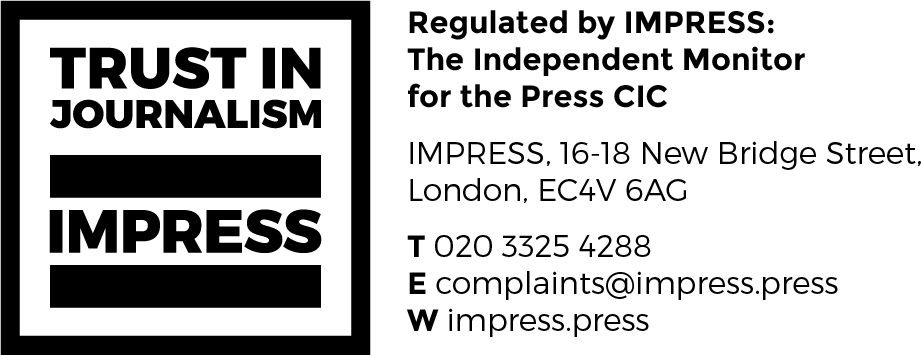The View From The Bridge: The changing face of yachting

The credentials of superyacht crews are attracting attracting more attention.
Last month’s Superyacht Investor London 2020 conference plus a recent visit to Subsea 2020 Expo in Aberdeen have prompted me to consider the changing face of yachting, writes captain Iain Flockhart.
Experience matters. It was good to see at SYI’s conference that the big firms in the insurance world are becoming more involved in the process of due diligence, as I have highlighted in previous columns. It’s clear they are taking a more active interest in checking the backgrounds and relative experience of proposed superyacht masters who will be in charge of the large assets that they underwrite.
This can only be a good thing if it helps to recruit more experienced masters through a proper detailed recruitment process. This contrasts with some of the common routes to the captain’s chair; where a first officer can easily end up in his first command by default of the current master simply moving on.
I discovered an interesting vessel at the Aberdeen show that was completely unmanned, not autonomous, but simply unmanned. She was remotely commanded by a fully qualified master at all times.
Not enough deck officers
Although this model of running a vessel is not likely to catch on with a large yacht any time soon, I could see many areas where it would work well. In fact, it got me thinking about the possibility of using the same technology to bring additional support to a vessel that struggles to cope because it does not have enough deck officers aboard to operate safe Bridge watches.
In such a case, a remote master, and additional qualified officer, if required, could simply have command handed over to them for a given period to facilitate periods of rest for the fatigued onboard crew. A good example would be to complete an overnight passage when the onboard crew were unable to do so due to needing their hours of rest. For example, crew members may have been busy attending to the needs of guests, moving the vessel several times in a day to lunch stops and anchorages and, consequently, working all day until late at night. Extra help may be needed if the owner wants to complete a six-hour passage to be in a new destination in the morning.
Such an arrangement could be of great benefit to vessels where adequate crew for 24/7 operations is simply not available, nor is there accommodation space to put additional crew if they were. Remote piloting could help facilitate safe round-the-clock Bridge operations.
To illustrate just how quickly this technology is progressing, Oil giant BP will be using only unmanned vessels for all of their subsea operation surface vessels by 2025.
On the subject of shoreside assistance, there have been some companies popping up recently that are addressing in particular, the needs of captains and chief stewards. The area that springs to mind is that of the shore-based purser. A purser is an invaluable person to have in your team for vessels that are lucky enough to have one onboard.
A purser is an invaluable person
There are people now who are taking on this specific role in a remote capacity, drawing on their experience as pursers to assist yachts that are not fortunate enough to have their own. It’s a great option if you have a particularly challenging itinerary ahead of you but would rather not put the various aspects that a purser may be dealing with into the hands of a large yacht agent. Pursers have a specific skillset and their knowledge may very well pay off: even if it is delivered remotely. Also, on a more permanent basis, it may be an alternative for the vessel that needs a purser but has no space to put one.
Couples. The availability of positions for couples onboard luxury yachts has increased dramatically over the past two or three years. I have written previously about the subject of ‘captain couples’ but there seem to be countless opportunities these days. I’m interested in the reason for this paradigm shift. Many owners, management companies and masters seem to have reversed the old once taboo of recruiting a couple onboard a superyacht?
There are certainly many negative aspects to such an arrangement in my opinion. But it is clearly becoming much more common now. Are owners, possibly the younger ones, simply becoming more tolerant of the idea? Or are they finding that having one or more couples onboard brings some benefit or added value to the crew? It will be interesting to see how this subject develops over the next couple of years.
Finally, nuclear powered yachts, a reality? Maybe, we’ll save that one for later.
About the author
Iain Flockhart, MD, Saor Alba Holdings Ltd, is a highly experienced yacht captain with over 265,000 nautical miles in the role of master since 1996. He bought and completely refitted his first yacht at the age of 20 and went on to buy a larger ocean going yacht a few years later and set sail across the oceans, often with novice crews.
As well as being a master, Iain provides professional mentoring services to yacht crew and advises on issues relating to hiring, managing and retaining the right crew.
He’s an ambassador for the exceptional Rafnar brand of RIBs. through his brand brand SA Marine. He enjoys simple pleasures such as using his 7m RIB to go exploring and wild camping in natural beauty of his native Scotland.
Subscribe to our free newsletter
For more opinions from Superyacht Investor, subscribe to our email newsletter.

